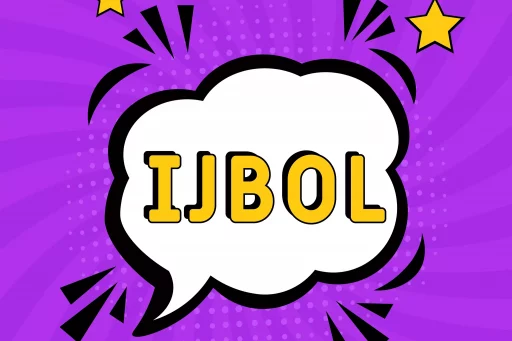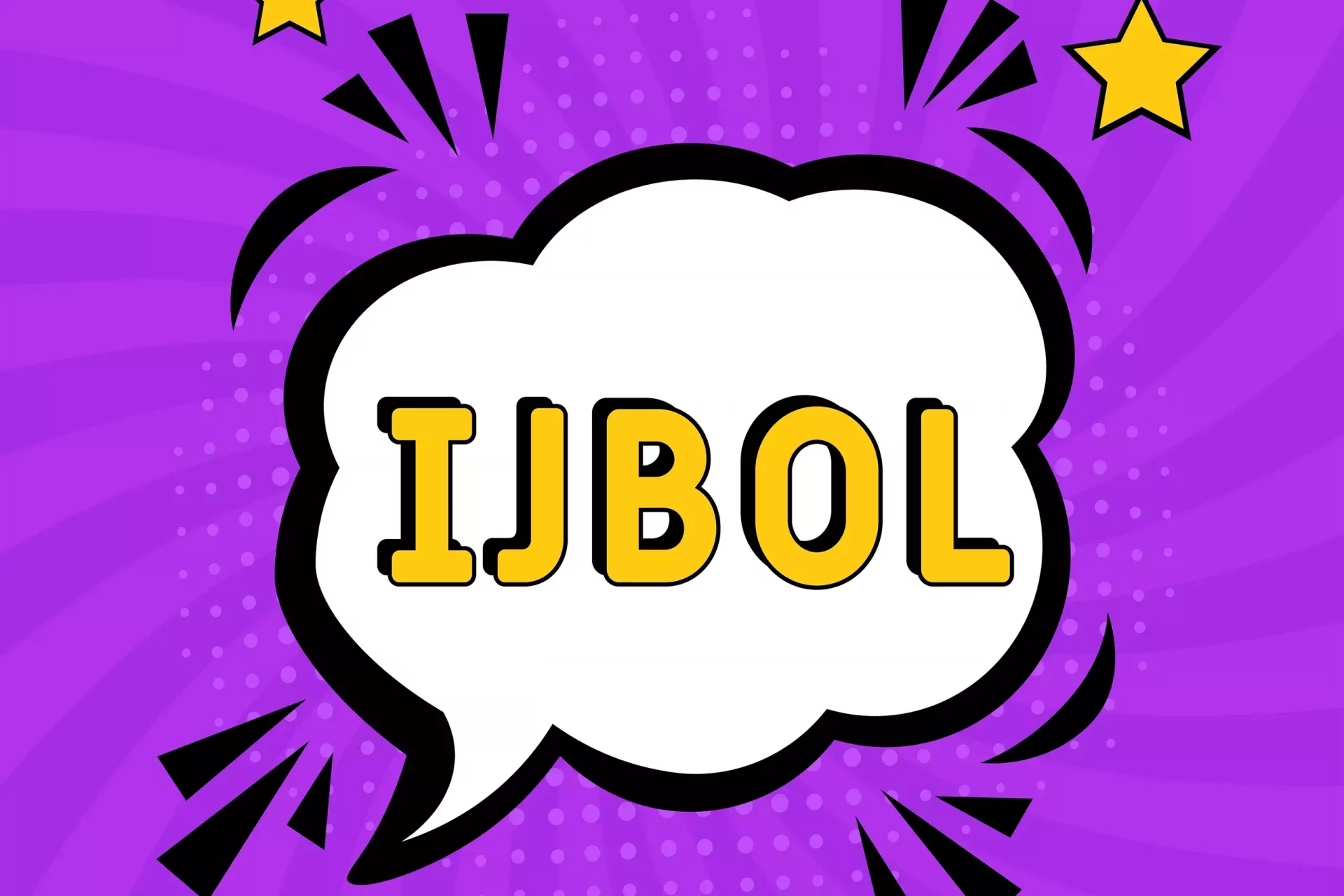Introduction to MMS in Texting
Text messaging has evolved significantly over the years, and so has the language we use to communicate. One term that often comes up is ‘MMS’. Understanding MMS can enhance your messaging experience, especially when it comes to sharing multimedia content.
What is MMS?
Multimedia Messaging Service (MMS) is a standard way to send messages that include multimedia content to mobile devices. It allows users to send images, audio, and video messages, in addition to simple text. Unlike traditional SMS (Short Message Service) that only accommodates text, MMS enhances communication by allowing more engaging content.
How MMS Works
MMS is typically used on mobile devices, and here’s a simplified breakdown of how it functions:
- Creation: The sender creates a message that can include text, images, audio, or video.
- Sending: The device sends the MMS via a wireless carrier’s network.
- Retrieval: The recipient’s device receives the MMS and prompts for download if it includes large files.
Advantages of Using MMS
MMS offers several advantages that make it a preferred choice for messaging:
- Multimedia Content: Allows sharing of photos, videos, and audio clips, making conversations more engaging.
- User Engagement: Multimedia messages can capture attention more effectively than plain text.
- Increased Limits: MMS messages can typically carry up to 300 KB or more, compared to the 160 characters for SMS.
Statistics on MMS Usage
According to a study by Statista, the global market for MMS was valued at approximately $24 billion in 2019 and is expected to grow steadily. Here are a few relevant statistics:
- Over 90% of the U.S. mobile users have sent or received MMS messages.
- More than 70% of smartphone owners use MMS as part of their regular messaging routine.
- In 2020 alone, it was estimated that Americans sent about 1.5 billion MMS messages daily.
Case Study: Marketing with MMS
Businesses have leveraged the power of MMS for marketing campaigns. For instance, a leading fast-food chain launched an MMS campaign that allowed customers to send a picture of a special deal. Participants received a coupon in return. This not only engaged customers but increased participation rates by 40% compared to traditional SMS promotions.
Common Misunderstandings About MMS
While MMS is widely recognized, some misunderstandings persist:
- MMS is Only for Images: While images are a major use case, MMS can also encompass audio and video messages.
- Data Charges: Some users think MMS is free; however, mobile carriers often charge data rates for sending and receiving MMS.
- Requires Smartphones: Although smartphones enhance the experience, many feature phones also support MMS.
Conclusion
Understanding what MMS means in texting opens up a world of opportunities for more dynamic communication. Whether for personal conversations or for business marketing, MMS allows for richer interactions that can significantly enhance engagement. As mobile technology continues to evolve, so will methods of communication, with MMS likely remaining a key player.


